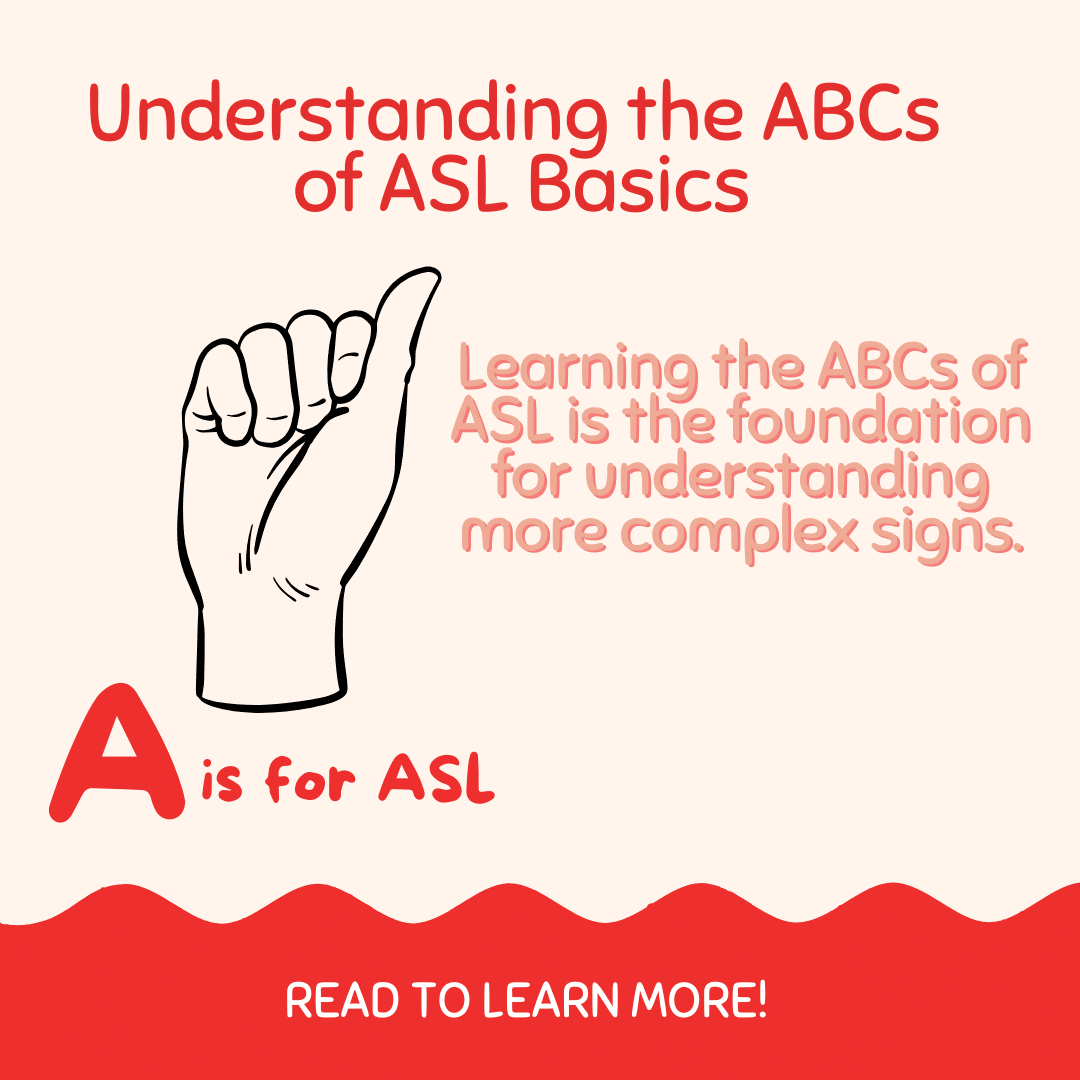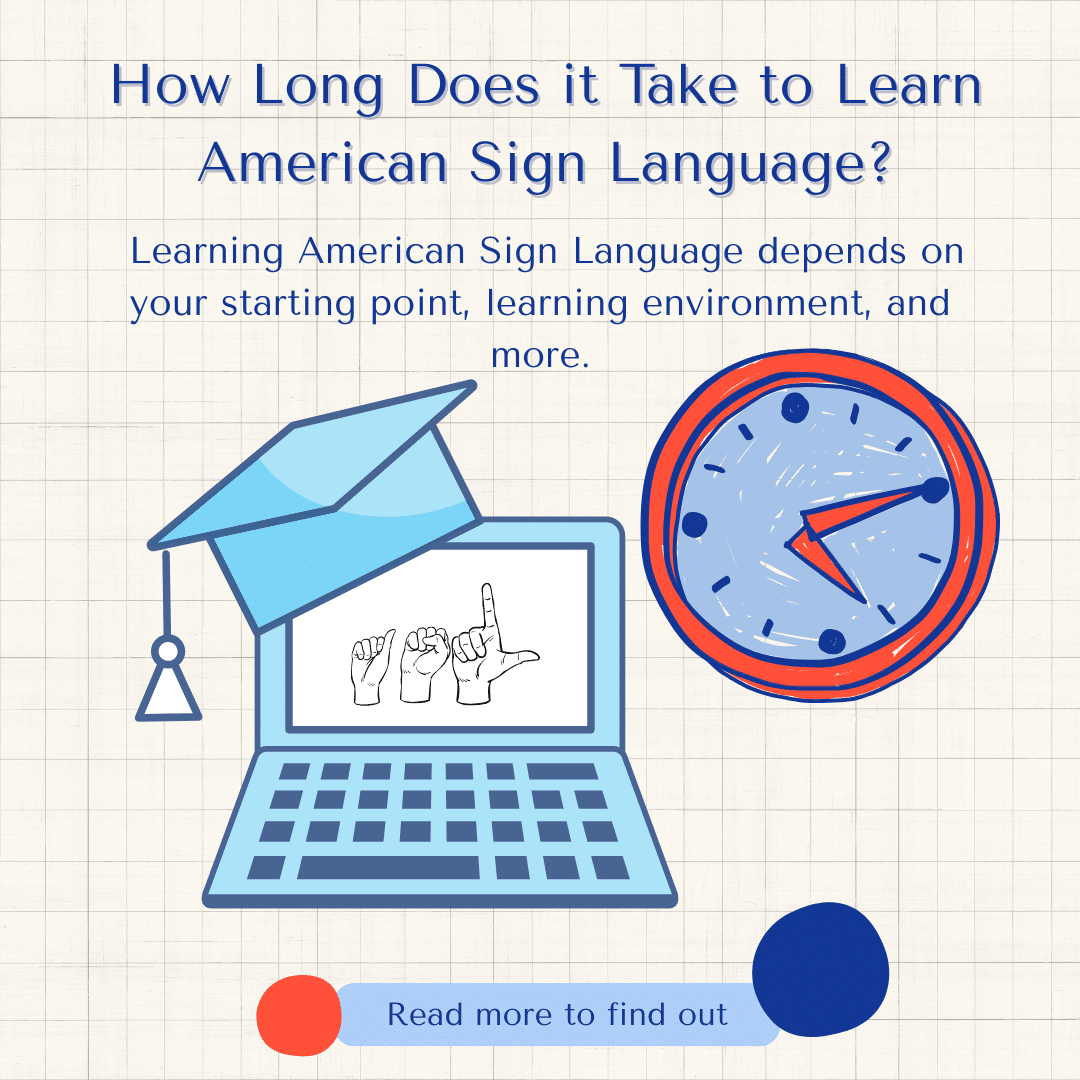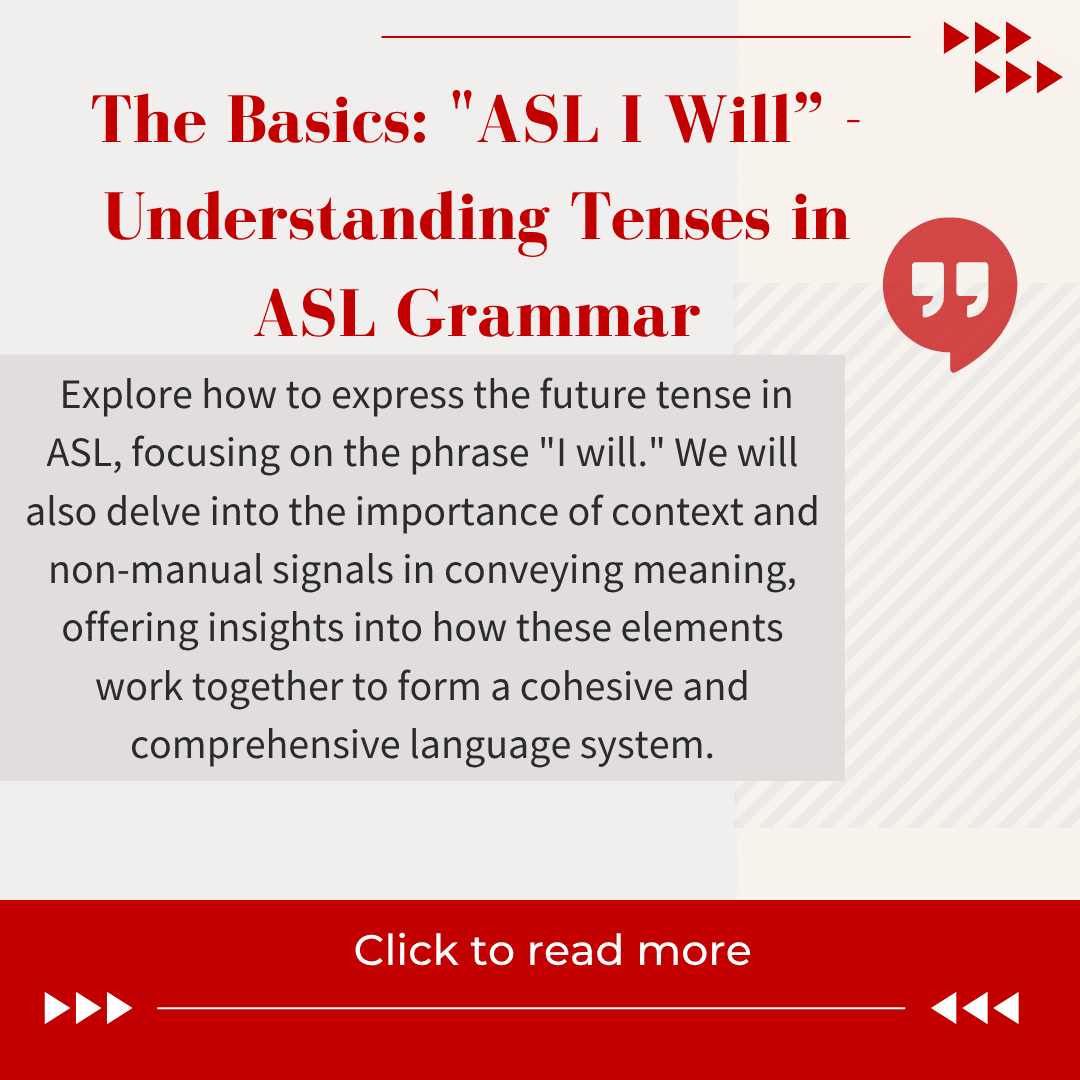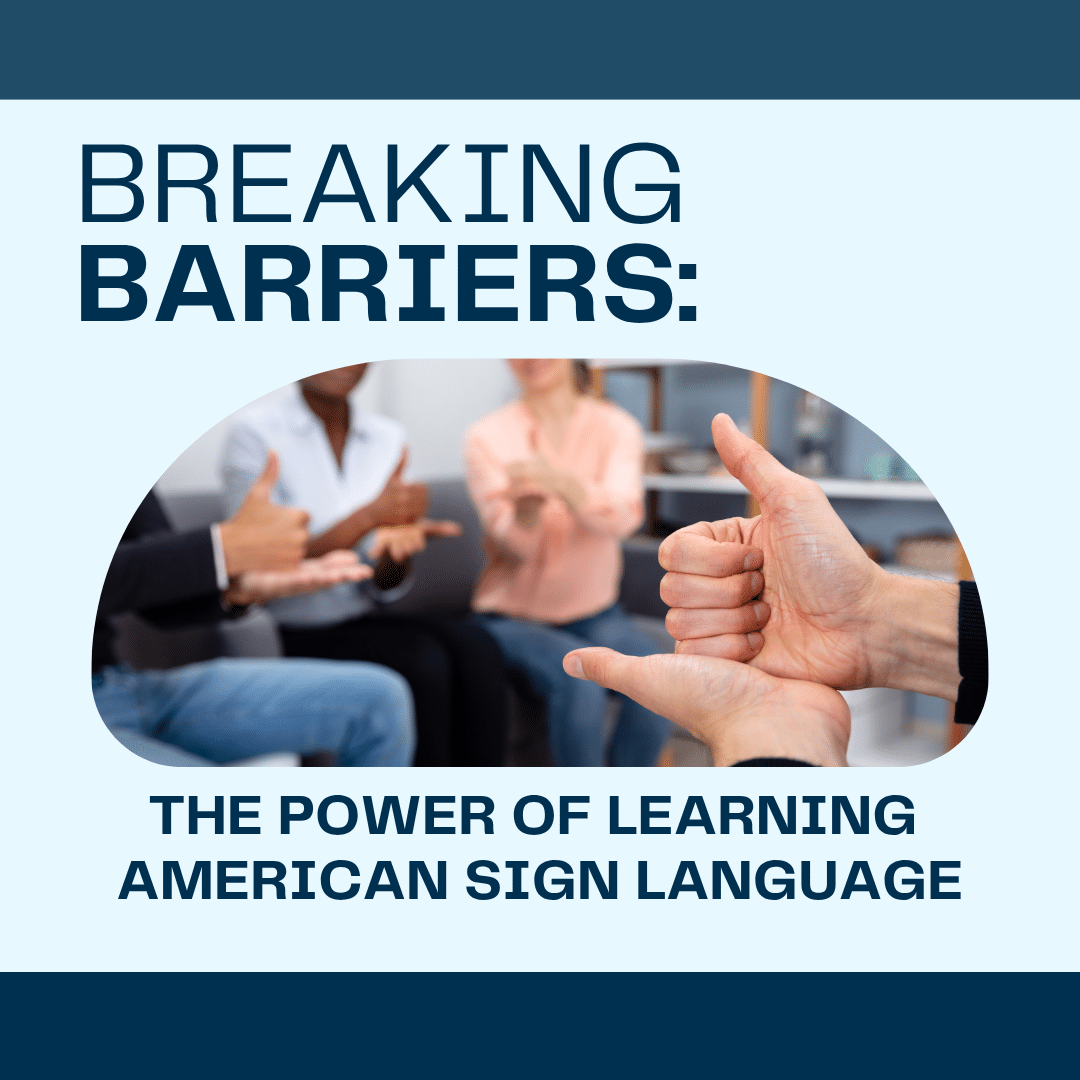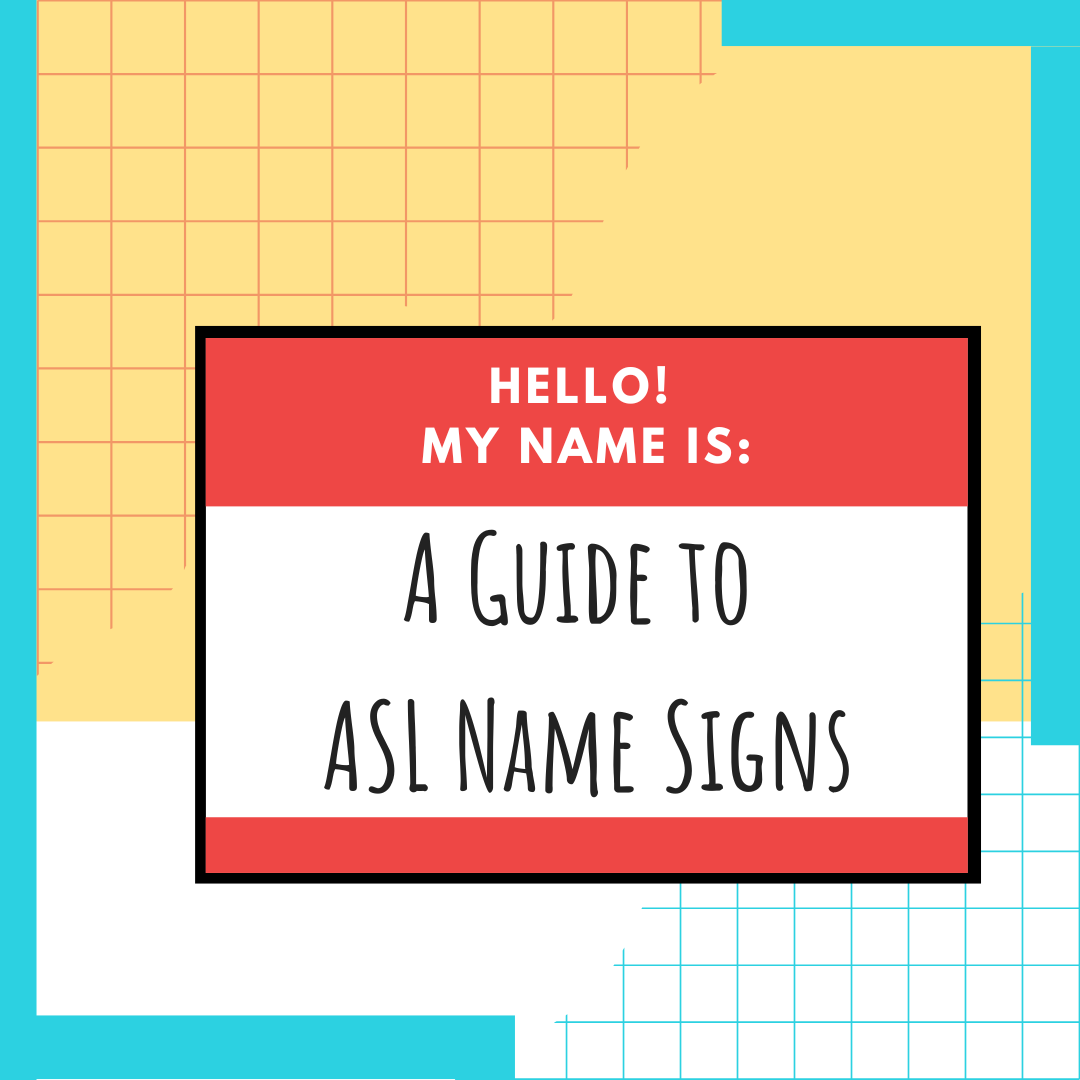
Deaf Awareness
- by Tech Amin
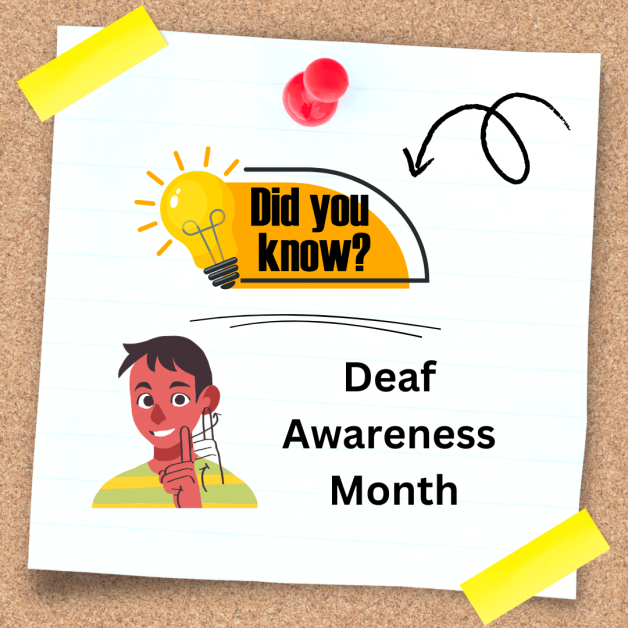
This month is Deaf Awareness! We are celebrating by sharing a few necessary topics to help you understand the Deaf Community.
In this article, you will learn about different aspects of Deaf Culture. You will learn about the difference between the terms Deaf and deaf. You will also learn about both hearing and Deaf ASL interpreters. Lastly, you will learn about accessibility needs for Deaf and hard of hearing people.
What is the difference between Deaf and deaf?
A person who identifies himself/herself as “Deaf” is a member of the Deaf Community and is ASL fluent. While a person who identifies as “deaf” does not know ASL and is not a member of the Deaf Community. This term, Deaf (with the capitalized D) typically refers to individuals who identify as part of the Deaf Community and culture. It’s more about a cultural and social identity than just a physical condition. Deaf people often use sign language as their primary means of communication and may have a strong sense of community and shared experiences related to being Deaf. They may also advocate for Deaf rights and culture.
There are also people with hearing loss and no cultural reference associated with Deaf Culture.
This term, deaf, (with a lowercase d) generally describes a medical or audiological condition of hearing loss. It refers to the degree of hearing impairment and doesn’t necessarily imply any cultural or social identity. For instance, someone who is deaf might use hearing aids or cochlear implants and may or may not identify with the Deaf community or use sign language. The distinction between “Deaf” and “deaf” is important in understanding how people identify within the deaf community and how they relate to hearing loss. In summary, “Deaf” with a capital “D” is more about identity and culture, while “deaf” with a lowercase “d” focuses on the degree of hearing loss. It isn’t always one or the other, but generally speaking, this is the definition of each.
Did you know?
There are even different kinds of interpreters. Did you know that there are both hearing and Deaf ASL interpreters who are fully certified? Hearing ASL interpreters often interpret for Deaf (and hearing) audiences while Deaf ASL interpreters can do screen work, help Deaf clients who have visual differences or learning disabilities, in court, work with musicians translate songs to ASL, and many other things. There are training programs available for both hearing and Deaf ASL interpreters nowadays.
Why do Deaf people need access to interpreters?
Deaf people need access to interpreters for several important reasons:
- Communication Access: Interpreters bridge the communication gap between Deaf and hearing individuals. This is crucial in various settings, such as medical appointments, legal proceedings, educational environments, and social interactions. Without interpreters, Deaf individuals might face significant barriers in understanding and participating fully in these contexts.
- Equal Participation: Interpreters help ensure that Deaf people can participate equally in society. Whether it’s attending a job interview, accessing government services, or engaging in community events, interpreters provide the necessary support for Deaf individuals to be fully involved and informed.
- Accuracy and Clarity: Professional interpreters are trained to convey not only the words but also the nuances and emotions of the conversation. This is essential for maintaining the accuracy of information and ensuring that both parties understand each other clearly. Miscommunication can have serious consequences, particularly in critical situations like medical consultations or legal matters.
- Privacy and Confidentiality: Interpreters help maintain the confidentiality of sensitive information. They are bound by professional ethics to respect privacy, which is important in many settings, including healthcare and legal services.
- Cultural Sensitivity: Interpreters often have knowledge of both Deaf culture and the hearing world. This cultural competence allows them to navigate and mediate interactions in a way that is respectful and effective for all parties involved.
People use Deaf American Sign Language (ASL) interpreters in various situations where communication between Deaf and hearing individuals or groups is necessary. Here are some common scenarios:
- Medical Appointments: To ensure that Deaf individuals understand their health conditions, treatment options, and medical procedures.
- Educational Settings: In classrooms or academic settings, interpreters help Deaf students understand lectures, participate in discussions, and access educational materials.
- Workplace: To facilitate communication between Deaf employees and their colleagues, supervisors, or clients, ensuring that workplace interactions are effective and inclusive.
- Legal Situations: In courtrooms, legal consultations, or police interactions, interpreters help Deaf individuals understand legal proceedings and communicate effectively.
- Public Services: At government offices, social services, or public events, interpreters assist Deaf individuals in accessing services and participating in civic activities.
- Events and Conferences: For large gatherings or events, interpreters make sure Deaf attendees can follow presentations, speeches, and discussions.
- Social Interactions: In everyday social settings, interpreters might be used to facilitate communication between Deaf and hearing individuals during personal or community interactions.
Interpreters help bridge the communication gap, ensuring that Deaf individuals have equal access to information and services.
What kind of education is necessary for ASL interpreters?
Educational training programs for American Sign Language (ASL) interpreters are designed to equip students with the skills necessary for effective interpretation between ASL and English. These programs typically include coursework in linguistics, interpreting techniques, and cultural competency.
There are different types of training programs available. The associate degree programs usually take two years to complete and provide a foundational understanding of ASL and interpreting practices. Many community colleges offer Associate’s degrees in ASL or interpreting, such as the ASL Interpreting program at Sinclair Community College or the ASL Interpreter program at Los Angeles Valley College.
Bachelor’s degree programs provide a more in-depth education, often including advanced interpreting techniques, ASL linguistics, and specialized interpreting fields. Gallaudet University in Washington D.C. offers a Bachelor of Arts in ASL and Deaf Studies with a focus on interpreting. The University of Arizona provides a Bachelor of Arts in American Sign Language and Interpreting.
Master’s degree programs are for those seeking advanced knowledge and specialized skills, master’s programs often include research components and advanced interpretation techniques. Gallaudet University offers a Master of Arts in Sign Language Interpretation. University of Texas at Austin provides a Master of Arts in Interpreting and Translation.
Certificate Programs are typically shorter and more focused, often available at community colleges or specialized institutions. Some universities and organizations offer certificate programs online, like the Certificate in ASL-English Interpretation from the University of Denver.
For current interpreters seeking to improve their skills or stay updated with industry standards, workshops, and continuing education courses are available. National Registry of Interpreters for the Deaf (RID), offers professional development workshops and resources. Online and Distance Learning programs offer flexibility for students who may not have access to on-campus options. Boston University, Offers an online Master’s in Deaf Studies with a focus on ASL interpretation. University of Phoenix, Provides an online Certificate in American Sign Language Interpreting.
ASL Interpreter Certification
After completing educational programs, interpreters often pursue certification from organizations such as the National Registry of Interpreters for the Deaf (RID) or the American Translators Association (ATA) for additional professional credibility.
These educational pathways help ensure that interpreters are well-prepared to handle various interpreting situations with professionalism and cultural sensitivity.
In summary, interpreters are vital for enabling effective communication and ensuring that Deaf individuals have the same opportunities and access to services as hearing individuals.
What do Deaf people need for accessibility?
There are different accessibility needs. Captions and ASL interpreters are either hearing or Deaf ASL interpreters, depending on their needs.
Start Learning ASL Today!
 Ready to start learning real American Sign Language and not just basic signs? Do you want to be a part of the vibrant Deaf community? Check out our Free ASL 1 Course or our Complete 4-Level ASL Course options and start learning ASL today!
Ready to start learning real American Sign Language and not just basic signs? Do you want to be a part of the vibrant Deaf community? Check out our Free ASL 1 Course or our Complete 4-Level ASL Course options and start learning ASL today!

